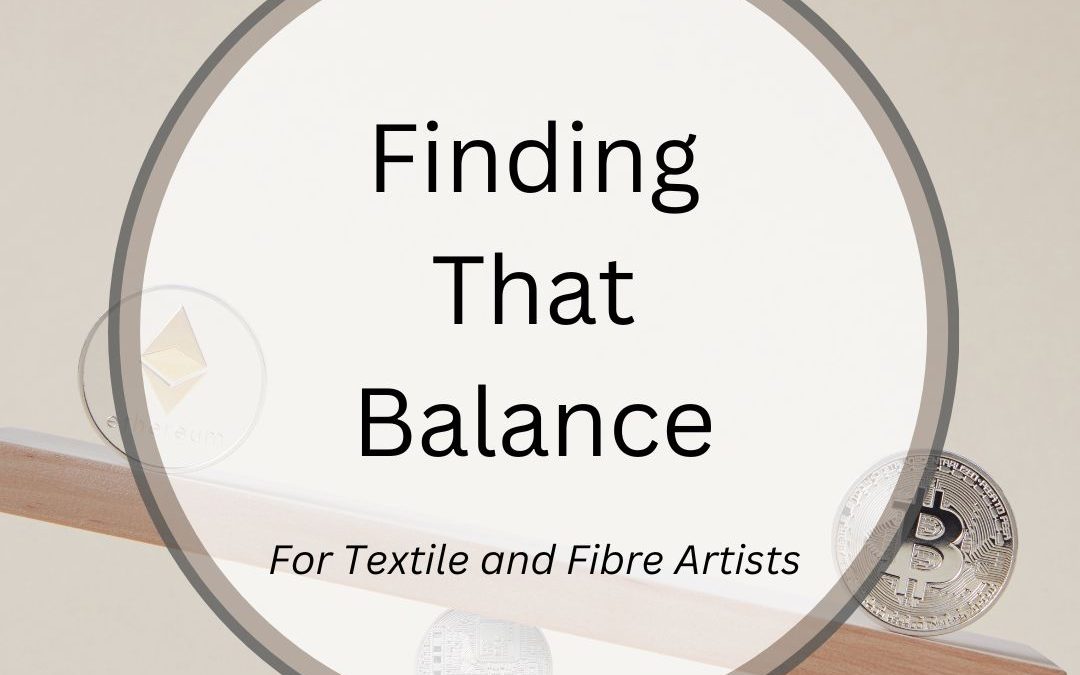Creating art is the easy part.
Learning to manage the business behind the art can be a huge learning curve.
But, it has to be done – and done to suit you and your way of working. Full stop.
If you don’t, then the chances are that opportunities will slip through your fingers, your reputation in the industry may be affected and if you sell, then sales may be compromised.
You need to be on top – in a business sense – of the art you create.
It’s as simple as that.
Plus, it helps to understand the motivation behind why you create work in the first place because this could influence your outcomes.
Are you committed to becoming known for your technical excellence? Is selling your work to create an income more important to you or is your drive coming from the need for recognition?
If mastering technique is your inspiration then you’ll need to devote time to honing those skills. We all know that excellence in technique equates to practise, practise, practise.
If you’re more about creating an income – one that offers sustainability – and that’s no easy task within the textile and fibre art genre, then gaining gallery representation, attending art fairs, posting regularly on social media, and creating online platforms to sell your art will be more appealing.
However, if exhibiting your work to gain recognition is your trigger, then you’ll be more focused on national and international opportunities to showcase your work to help solidify your reputation.
Perhaps there’s just a little of all three in most of us, but one will stand out, and that’s where we need to find the balance between the business behind the work and the work we actually create – and knowing what motivates us just makes that job a little easier.
But at the end of the day, systems must be created to save and store information and images, websites maintained, and emails answered. The paraphernalia behind being a textile and fibre artist requires constant care and maintenance, branding, and marketing need attention, and then there’s keeping a tab on income and expenses.
Now that’s no easy task, nor should it be taken lightly.
Taking part in a year-long online business course, specially designed for textile artists helped me enormously, and even though I already had a business background, it showed how the tiniest things are important and tie in together to create the whole.
It’s really about finding that balance between what we do, knowing our main motivation, and ensuring time is devoted to the just-as-important business side of creating art.
Remember, it’s our name on those emails, business cards, and websites as well as on our artwork – and those things are just as important.

All views and opinions expressed are my own, except where acknowledged information is included from other sources.

